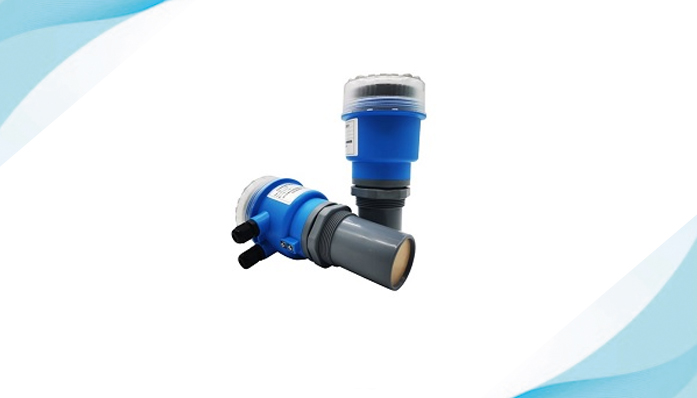
Level sensors are essential devices used to monitor and control the levels of liquids, granular materials, and powders in various industrial and commercial applications. These sensors play a crucial role in ensuring efficient operations, preventing overflow or underflow situations, and maintaining optimal inventory management. In this article, we will explore the working principles, types, and applications of level sensors.
Level sensors employ different technologies and principles to detect and measure the level of materials in tanks, silos, and other storage containers. Here are some commonly used working principles:
1. Float-based: Float-based level sensors utilize a buoyant float that moves up and down with the liquid level. As the level changes, the position of the float is detected by magnetic, optical, or mechanical means, providing a corresponding level measurement.
2. Capacitive: Capacitive level sensors use the principle of capacitance to measure the level of liquids or solids. These sensors have probes or plates that generate an electrical field. When the material comes into contact with the probe, the capacitance changes, and the level is determined.
3. Ultrasonic: Ultrasonic level sensors emit high-frequency sound waves and measure the time it takes for the waves to bounce back after hitting the material's surface. By calculating the round-trip time, the sensor determines the distance to the material's level, providing an accurate level measurement.
4. Radar: Radar level sensors utilize electromagnetic waves to measure the level of materials. They emit microwave signals, which are reflected back by the material's surface. By analyzing the time it takes for the signal to return, the sensor calculates the distance and determines the level.
1. Point Level Sensors: These sensors provide a binary output, indicating whether the material has reached a predetermined level or not. They are commonly used for overfill protection or controlling minimum or maximum levels in tanks or silos.
2. Continuous Level Sensors: Continuous level sensors offer a continuous output, providing real-time level measurements. They are suitable for applications where precise level monitoring is required. Continuous level sensors include technologies such as ultrasonic, radar, and capacitive sensors.
3. Optical Level Sensors: Optical level sensors use light to detect the presence or absence of a liquid or solid material. They are often used in clear liquids or materials where conductivity or dielectric properties are not suitable for other types of sensors.
1. Industrial Processes: Level sensors are extensively used in industrial processes involving liquids or granular materials, such as chemical manufacturing, oil and gas, wastewater treatment, and food and beverage production. They ensure proper inventory management, prevent tank overflow or dry running of pumps, and facilitate process automation.
2. Storage and Inventory Management: Level sensors play a crucial role in storage tanks and silos, providing accurate information about the material levels. This helps optimize inventory management, prevent stockouts or overfilling, and streamline supply chain operations.
3. Water Management: Level sensors are vital in water management applications, including monitoring water levels in reservoirs, rivers, and water treatment plants. They assist in flood control, irrigation systems, and ensuring an adequate water supply.
4. Automotive and Aerospace: Level sensors are used in fuel tanks to monitor fuel levels in vehicles and aircraft. They enable accurate fuel consumption monitoring, prevent fuel leakage, and provide essential information for efficient fuel management.
Level sensors are essential devices that contribute to the safe and efficient management of liquid and solid materials in various industries. By employing different working principles and technologies, these sensors offer accurate and reliable level measurements, facilitating process automation, inventory management, and preventing costly incidents such as overflow or underflow. As technology advances, level sensors are likely to become even more sophisticated, offering enhanced features and capabilities for a wide range of applications.